Teas are available in a variety of flavors with delightful aromas and an abundance of health benefits. However, it’s important to learn how to steep tea properly if you want to enjoy these benefits. It requires more than pouring hot water on tea leaves. There are several things to consider to extract the most enjoyment and nutrients from your favorite teas.
Let’s start by explaining what it means to steep tea.
The word “steep” means to soak a solid in a liquid to soften or draw out flavors from it. People usually steep tea in water, but some may prefer to steep their tea leaves in milk.
So, what is the difference between steeping and brewing tea?
As it relates to tea, you may have heard the word “brewing” used more often than “steeping.”
“Brewing” is the general term used to refer to the making of tea, while “steeping” refers to the actual process.
As you learn how to steep tea, remember that high-quality ingredients are important.
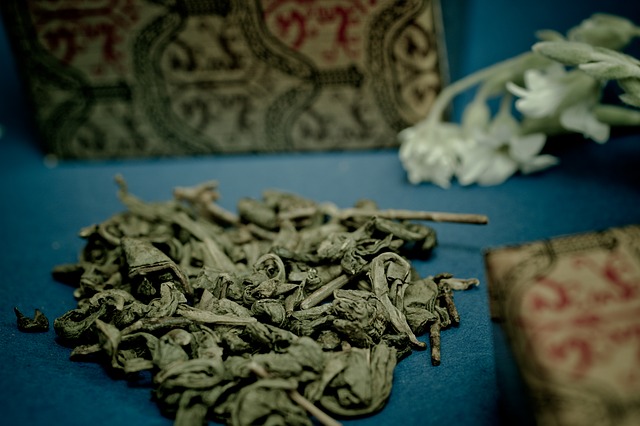
For flavorful tea chock full of healthy compounds, brew fresh, premium tea leaves.
You can carefully follow the steps to steeping tea, but it won’t result in a premium cup unless you use fresh, high-quality tea leaves. Over time, tea leaves can lose their flavor, and their phytochemicals (compounds that provide nutritional value) will break down—exposing tea leaves to heat, water, air, and light while in storage will expedite the deterioration of tea leaves. Properly stored tea leaves can last one to two years. Look for teas that have larger leaves and are not overprocessed.
Use the right water to steep your tea.
Bottled spring water is ideal for steeping tea. However, filtered tap water may be just as good. It depends on the quality of the tap water and the type of filter you use. Steeping with distilled water, which has all minerals removed, will likely result in a flat-tasting tea. On the other end of the spectrum, water with high mineral content may result in a metallic or bitter-tasting cup of tea. Ideally, use water with a pH of 7 to enjoy the maximum flavor of your tea.
Your water selection affects not only the flavor of your brewed tea but also its resulting health benefits. For example, scientists have found that hard water high in calcium produces tea with decreased theaflavins and caffeine. Theaflavins are chemicals found in black tea that provide a variety of health benefits. Although studies in humans are limited, researchers have found theaflavins to have anti-cancer, antioxidant, and anti-viral properties in non-human experiments.
Recommended water temperatures can vary depending on the tea type.
Getting the water to the right temperature may require an extra step, but many tea drinkers find it worth the trouble. For avid tea drinkers, there are water kettles available with temperature settings, including the Chemex Chettle.
Water that is too hot can burn tea leaves and destroy their tannins and nutritious compounds. Also, taste-wise, it can result in a bitter-tasting tea. To avoid burning the tea leaves, you can try rinsing them with cold water before pouring the hot water. Also, try pouring the hot water along the side of the cup or pot and not directly over the tea leaves.
Also, remember that too cold water will prevent proper extraction and result in a flavorless cup of tea with minimal healthy compounds present.
Ideal Water Temperatures for Steeping Tea (by tea type)
- White: 160°F to 185°F
- Green: 140°F to 190°F
- Oolong: 180°F to 200°F
- Black: 190°F to 200°F
- Pu-Erh: 200°F to 212°F
- Yellow: 175°F
To maximize flavors and health benefits, steep the tea for the optimal length of time.
Longer steeping time does not always lead to more flavorful tea, as some may believe. Instead, steeping tea for too long can result in the release of tannins which make a bitter-tasting tea. Tannins do have health benefits, including antioxidants and anti-inflammatory properties, among others. Too much of it, though, can prevent your body from absorbing certain nutrients and proteins.
Sometimes you may be short on time and tempted to reduce the steeping time. However, it will be well worth the wait to stick to recommended steeping times for teas. Rushing the process will lead to an under-extracted tea with less flavor and a lower concentration of antioxidants. According to a study, when tea is first submerged in a hot liquid, the compounds related to flavors and aromas are released, followed by micronutrients and caffeine. Heavier polyphenols and flavanols, such are tannins, are some of the final compounds released.
Recommended Steeping Times by Tea Type
- White: 4-5 minutes
- Green: 2-3 minutes
- Oolong: 1-2 minutes
- Black: 3-5 minutes
- Pu-Erh: 2-4 minutes
- Yellow: 2-3 minutes
*Note that there are factors that will impact the ideal steeping times, including tea leaf size. As your tea steeps, periodically taste it to make sure you don’t exceed the optimal time.
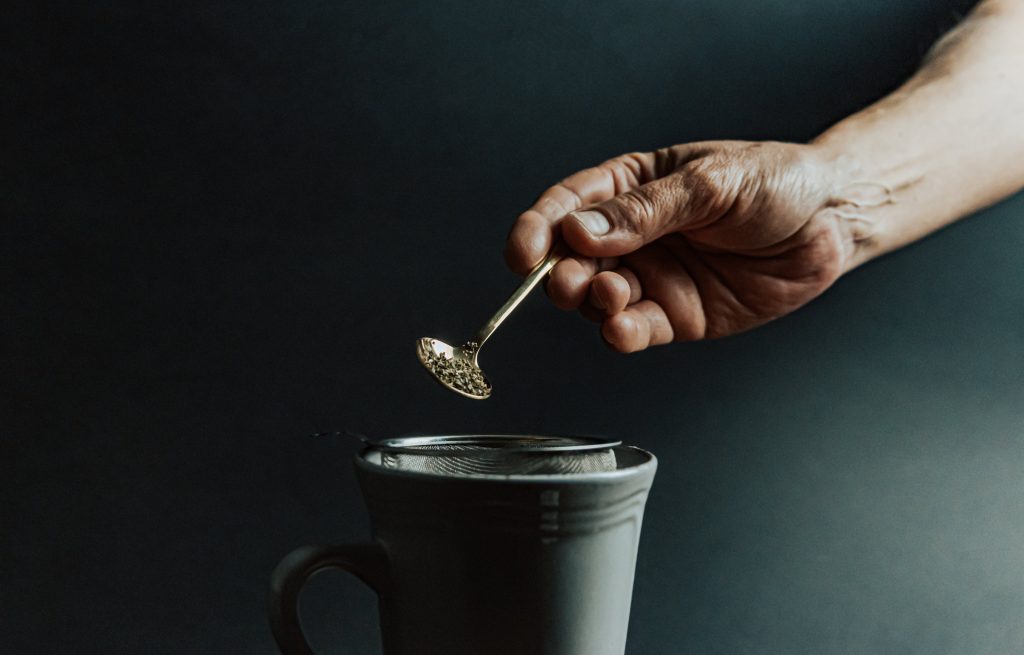
When Steeping Tea, Is It Best to Use Loose Leaf Teas or Tea Bags?
Teabags offer convenience when it comes to preparation and cleanup, but nothing beats the flavor, aroma, and health benefits of using loose leaf tea. Learn what makes loose leaf teas the optimal choice by reading our comparison between the two options.
Burman Coffee offers high-quality teas to perfect your steeping skills.
Here at Burman Coffee, we are eager to share our tea knowledge with you. If you have questions about steeping your tea or need recommendations from our diverse tea selection, please contact us.
If you are having trouble selecting a tea, we offer a variety of tea sample bundles:
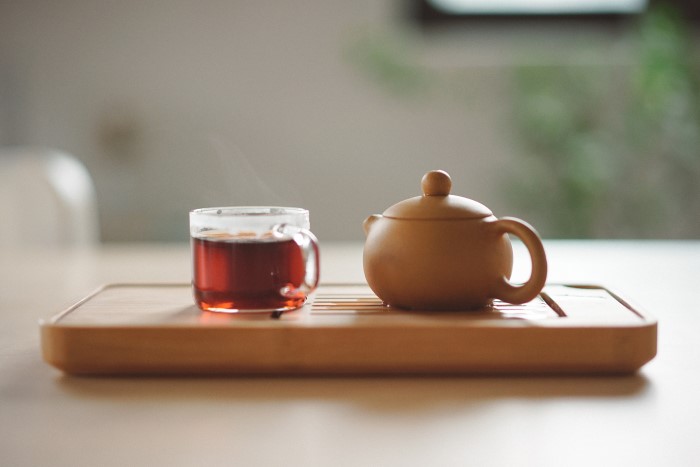
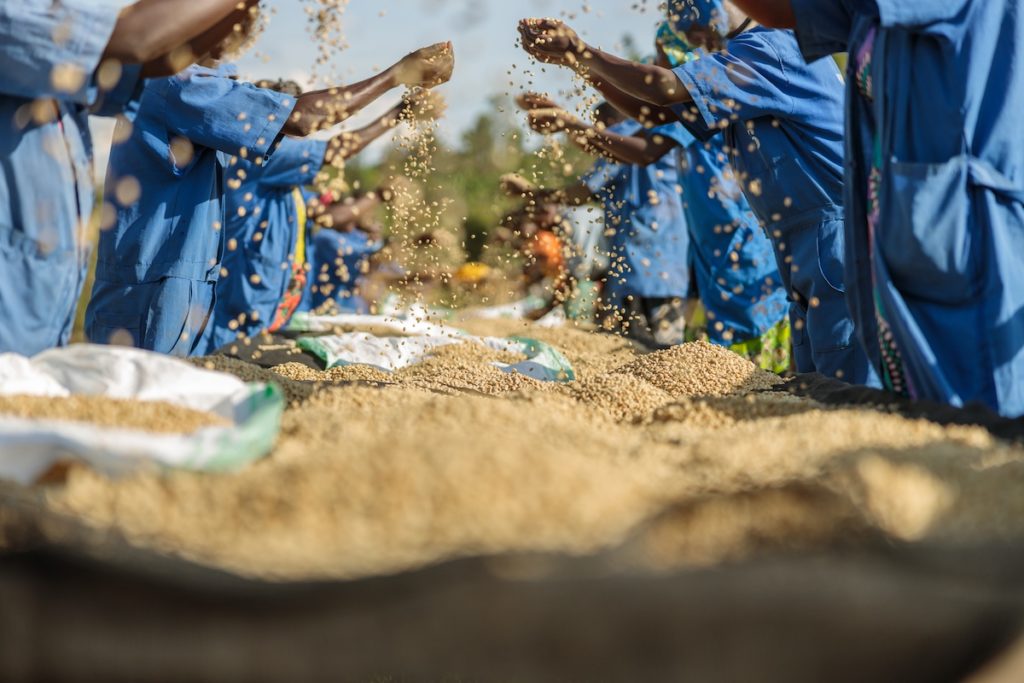
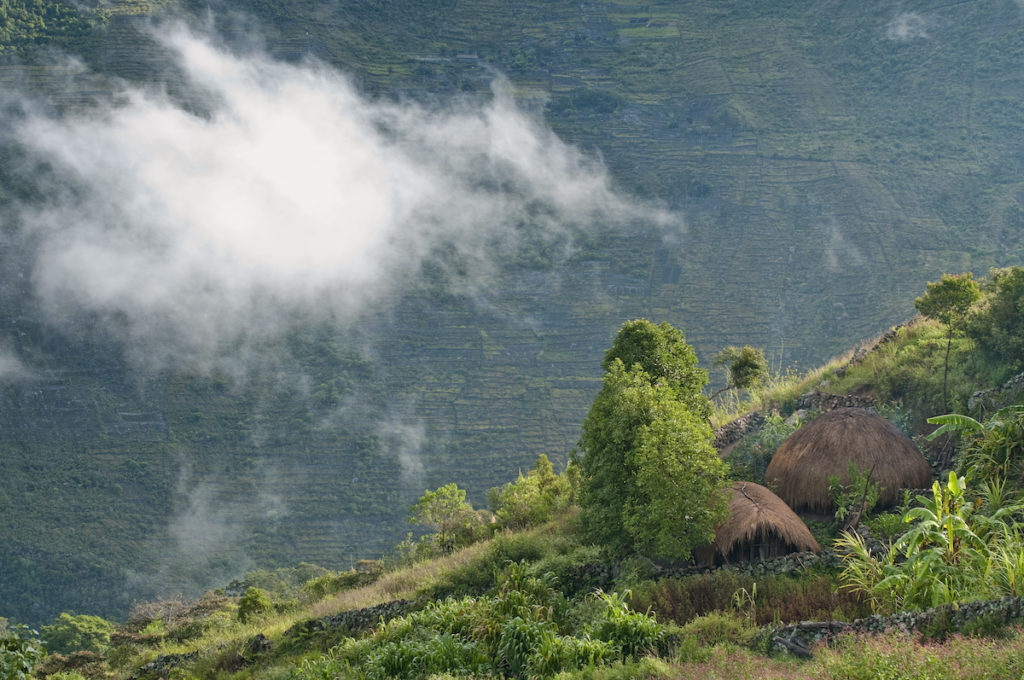

How much tea to use with how much water?
It is variable but using 3 grams of tea per 8 ounces of water is a good starting point.